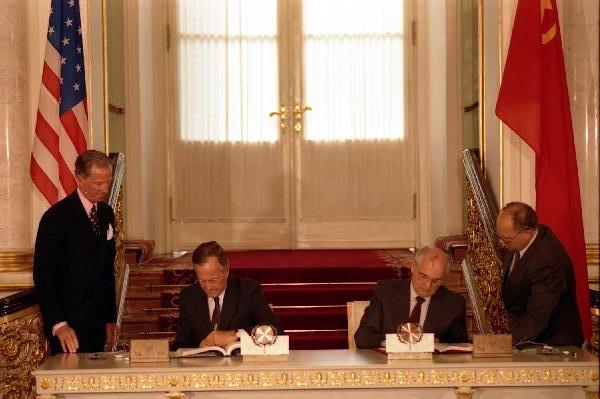The nuclear power industry was spawned by research that developed nuclear weapons. The U.S. government pushed the idea of the Peaceful Atom in the 1950s partly to ally the public’s fears of nuclear technology resulting from the bombing of Japan at the end of World War II. It also was seen as a way to invest more funds in nuclear research than would have been made available by Congress for weapons development.
As time went by and other countries joined the nuclear weapons club, the parallel development of nuclear power generation continued. Some of the same materials and equipment that are necessary for creating nuclear reactor power stations can also be used to purify uranium to the point where it can be used in nuclear weapons. Plutonium can be extracted from nuclear reactor waste for use in nuclear weapons. While the countries with peaceful nuclear reactor power generation generally are in favor of other countries supplementing their internal power generation with nuclear reactors, those countries which currently possess nuclear weapons are in favor of disarmament and prevent the spread of nuclear weapons. The fact that a country can possibly develop nuclear weapons under the guise of developing a nuclear program for power generation is currently roiling the international scene as accusations of such actions are being leveled at Iran.
The global anti-nuclear movement in growing and the international trend is toward nuclear disarmament. I strongly support their efforts to make the world safer and I will devote space in my blog to their work. The problem of nuclear proliferation is one of the arguments against the use of nuclear reactions to produce electrical power but, however important, confuses the issue when talking about the pros and cons of nuclear power on its own merits.
I will be devoting a great many of my future blog posts to the arguments against nuclear power. The proponents of nuclear power have powerful and rich corporations on their side as well as many government agencies both here and abroad. Their side of the argument is well represented in speeches, advertisements, government programs, books, magazine, etc. I want to contribute in my own way to making certain that the argument against nuclear power is equally well presented to the public.
One of the big problems with the opposition to nuclear power is that it is often in the form of fighting against a particular problem associated with nuclear companies and nuclear facilities. One group is opposing a particular mine, another group is trying to prevent a nuclear reactor from being built or restarted, a third group is attacking a plan to site a nuclear processing plant, a forth is attempting to stop the creation of a nuclear waste facility. There are many other groups with specific concerns that are working against the nuclear industry. But the proponents of nuclear power are bigger, richer, more influential and more unified in their actions and goals than any one interest group opposing them. My blog will try to cover as many of the major problems with nuclear power generation as possible as well as highlighting groups working to solve all of these problems.

